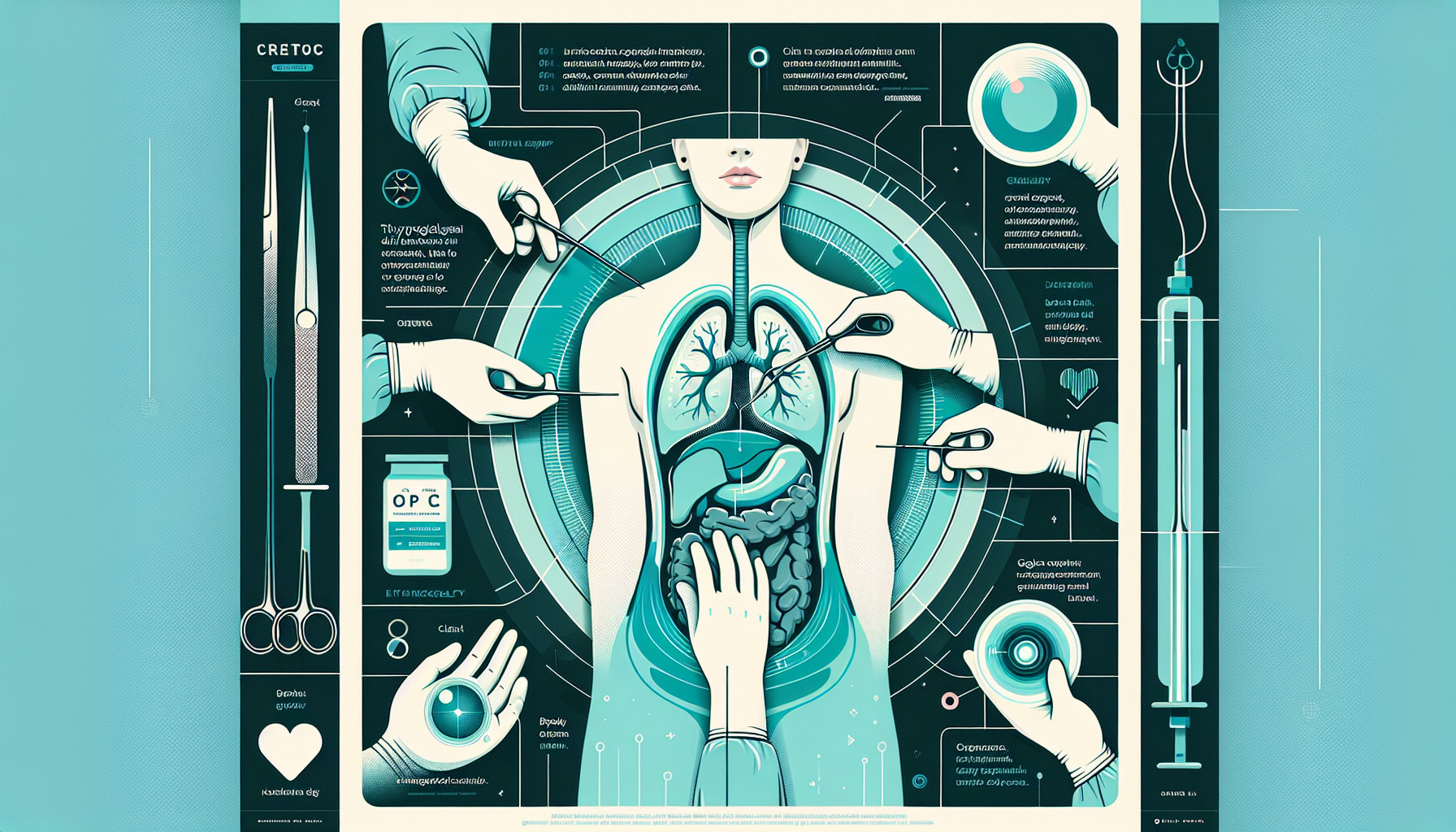Our Summary
This study looked at a common problem in surgeries for a condition called a thyroglossal duct cyst (TGDC). This is a lump that can form in the neck when a certain duct doesn’t disappear as it should during early development. Sometimes, after surgery to remove this cyst, some disease is left behind in an area above the hyoid bone in the neck. The researchers dissected four dead bodies to identify important landmarks in this area that could help surgeons be more accurate. They also looked at past surgical specimens and found that nearly 80% had disease left over in this area. After identifying these landmarks, they found that the rate of disease coming back after surgery went down significantly. This shows that using these landmarks can help surgeons completely remove the disease, preventing it from coming back and the need for additional surgeries.
FAQs
- What is a thyroglossal duct cyst (TGDC)?
- How can additional landmarks help surgeons in removing TGDC more effectively?
- What was the reduction rate of disease recurrence after using these identified landmarks in the surgery?
Doctor’s Tip
A helpful tip a doctor might tell a patient about thyroglossal duct cyst removal is to make sure to follow post-operative care instructions closely, including keeping the surgical site clean and dry, avoiding strenuous activities that could strain the neck, and attending follow-up appointments to monitor healing and ensure complete removal of the cyst. It is also important to report any unusual symptoms or signs of infection to your healthcare provider promptly. By following these guidelines, patients can help ensure a successful recovery and reduce the risk of complications.
Suitable For
Patients who are typically recommended for thyroglossal duct cyst removal are those who have a confirmed diagnosis of a thyroglossal duct cyst that is causing symptoms such as difficulty swallowing, breathing, or speaking, or is causing recurrent infections. Additionally, patients who have a family history of thyroid or neck disorders may also be recommended for surgery. It is important for patients to consult with their healthcare provider to determine if surgery is the best treatment option for their specific case.
Timeline
Before thyroglossal duct cyst removal:
- Patient may notice a lump or swelling in the neck area.
- Patient may experience symptoms such as difficulty swallowing, breathing or speaking.
- Patient may undergo imaging tests such as ultrasound or CT scan to diagnose the cyst.
- Surgery is recommended to remove the cyst and prevent complications.
After thyroglossal duct cyst removal:
- Patient may experience pain, swelling, and discomfort at the surgical site.
- Patient will be monitored for any signs of infection or complications.
- Patient may need to take pain medication and follow post-operative care instructions.
- Follow-up appointments will be scheduled to monitor healing and check for any signs of recurrence.
- With the use of landmarks identified in the study, the rate of disease recurrence after surgery may be significantly reduced.
What to Ask Your Doctor
- What are the potential risks and complications associated with thyroglossal duct cyst removal surgery?
- How long is the recovery process and what can I expect in terms of pain and discomfort?
- Will there be any visible scarring after the surgery and how can it be minimized?
- How likely is it that the cyst or disease may come back after surgery?
- Are there any alternative treatment options available for thyroglossal duct cyst removal?
- What is the success rate of using landmarks to ensure complete removal of the disease above the hyoid bone?
- How experienced are you in performing thyroglossal duct cyst removal surgeries and what is your success rate?
- How long will I need to stay in the hospital after the surgery and what is the post-operative care plan?
- Will I need to undergo any follow-up procedures or tests after the surgery?
- Are there any lifestyle changes or restrictions I need to follow after the surgery to aid in the recovery process?
Reference
Authors: Koempel JA, Brooks J, Snow MH, Osterbauer B, Garcia E, Bawab R, Shows J, Parham D. Journal: Laryngoscope. 2021 Mar;131(3):553-558. doi: 10.1002/lary.28887. Epub 2020 Jul 15. PMID: 32668033
